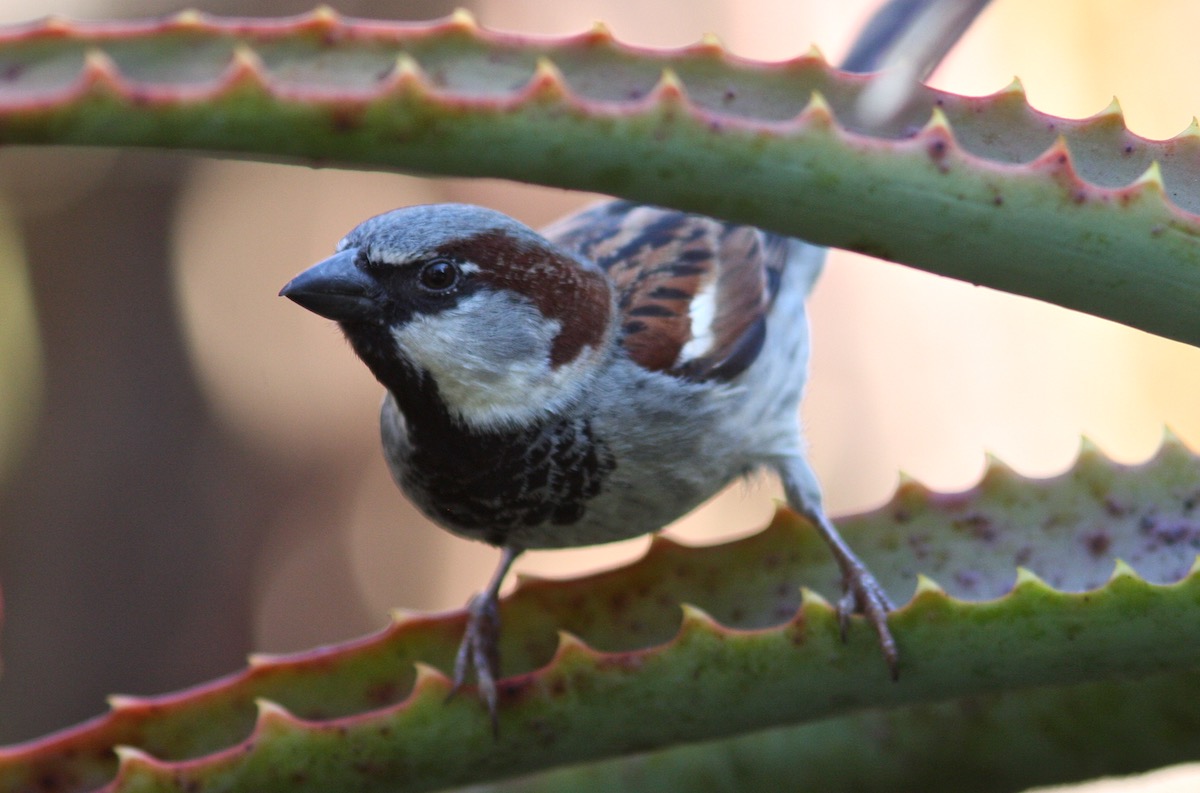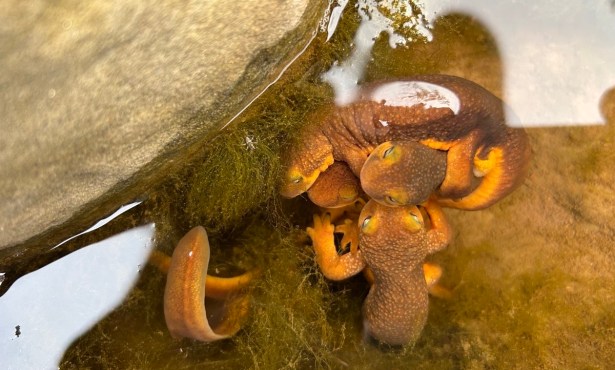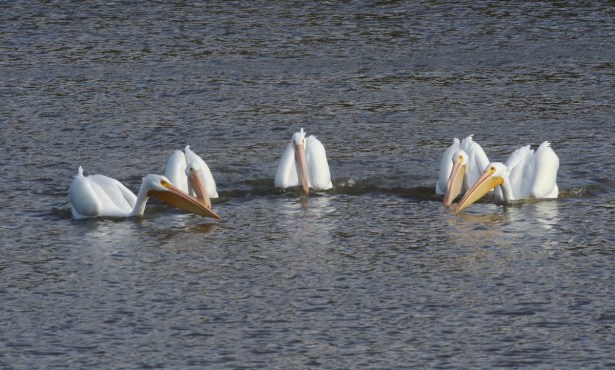Santa Barbara Birding: The Avian Invasion
Sparrows and Starlings and Munias, Oh My

There’s a pervasive myth that the reason European bird species are found all over North America is that in the mid-1800s, Eugene Schieffelin had the romantic idea of importing to these shores all the birds that were mentioned in the works of Shakespeare. The truth, apparently, is a little more prosaic. Schieffelin founded the American Acclimatization Society in order to bring “such foreign varieties of the animal and vegetable kingdom as may be useful or interesting.” Of the many species of birds that were released in New York parks, most quickly disappeared.

There were two species, however, that discovered North America was very much to their liking, and they are now found in great abundance from coast to coast. They are the house sparrow (also known as the English sparrow) and the European starling. Schieffelin could not have foreseen how disastrous his experiment would become. Not only do flocks of starlings and sparrows cause billions of dollars of damage to agriculture each year, they are aggressive birds that turn native species out of their nest holes.
Both species are common residents in Santa Barbara County. House sparrows, as the name suggests, are almost always found around human communities, where they nest in loose colonies. It is thought that they have been associated with humans for many thousands of years, and they are great opportunists.
Both species are rightly vilified, but as they are likely here to stay, it’s worth appreciating their good sides, because both have them in abundance. House sparrows are full of character, cheeky and bold. The males are especially attractive, with rufous upperparts, white cheeks, black bibs, and gray crowns. Their chirping is a ubiquitous background noise in towns. Starlings have beautiful plumage. They are white-spotted in winter, and then these white feather tips wear away in the spring to reveal a darker plumage replete with iridescent greens and purples. You have probably seen videos of starling murmurations where thousands fly in a tight flock, twisting and turning in mesmerizing shapes. Starlings are also impressive mimics and have been known to copy the voices of up to 20 bird species.

There are other species of invasive birds that have colonized in more recent years but without being deliberately released. One of these is the now ubiquitous Eurasian collared dove, which has spread across the country after several escaped from a pet shop burglary in the Bahamas in the mid-1970s. These birds commonly come to feeders and are thought to be displacing the native mourning dove.
Another common escaped cage bird whose population in the wild has recently exploded is the scaly breasted munia, also called the nutmeg manikin. These tiny songbirds, natives of India, seem to love coastal Santa Barbara, and they nest throughout the year. In fall, they form huge flocks and can quickly strip grasses of seed, thus depriving native seed eaters of a valuable food source.
Is there any hope that munia numbers can be controlled? Help might be on the way, and believe it or not, in the form of another escaped pet-shop bird, the pin-tailed whydah. Whydahs, native to Africa, are brood parasites, meaning that, like the European cuckoo, they lay their eggs in other birds’ nests and leave the raising of their young to the host species. It turns out that in Africa, whydas will only lay their eggs in the nests of certain species that build domed nests, and none of our native species fit the bill. You’ve guessed it: Munias build just the right kind of domed nest for whydahs to parasitize.

Pin-tailed whydahs are becoming common in Los Angeles and Orange counties, but I hadn’t seen mention of the bird in our area ’til a female was seen in Ellwood a couple of weeks ago. Whether this bird escaped from a local collection or is a pioneer from a breeding population to the south is anyone’s guess. The male whydah is an impressive creature with a red bill and an improbably long tail. They just might become a fixture in our area in the near future.
Yet another exotic from the pet trade has recently begun to make inroads into our county from parts south. The Swinhoe’s white-eye, another Asian bird, has recently been seen in both Carpinteria and Santa Barbara. They are an attractive warbler-like species, yellow, green and white, with a prominent white eye-ring.
While it often feels discouraging to witness so many non-natives establishing themselves here, we can’t let ourselves get annoyed at the birds. There is only one direction fingers should be pointed, and it’s not at them. We might as well make the best of a difficult situation and learn as much as we can about these newcomers. And enjoy their undoubted beauty.
Support the Santa Barbara Independent through a long-term or a single contribution.




You must be logged in to post a comment.